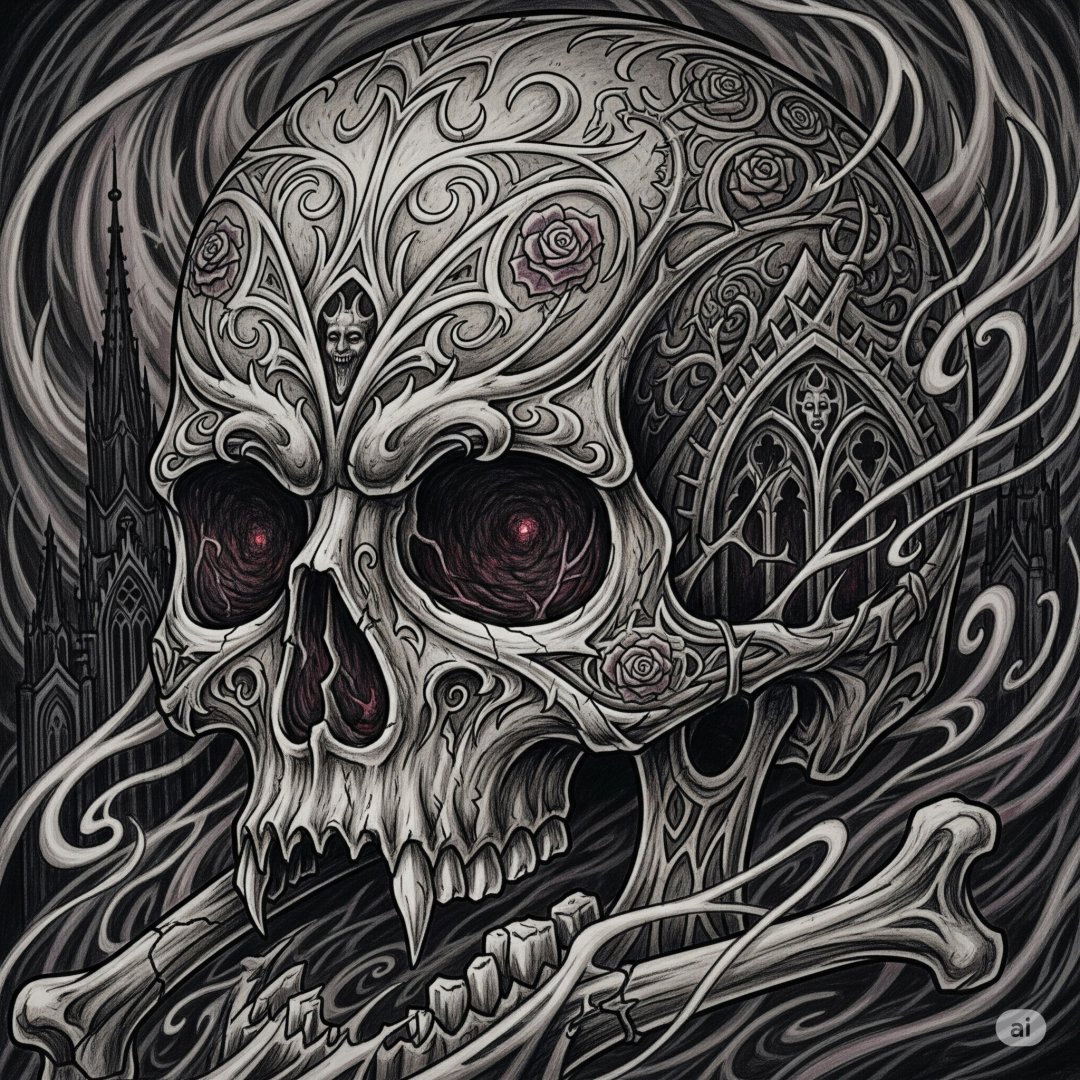A Reminder of Mortality: Memento Mori and Vanitas
In Western art, the skull is a central figure in the concept of "memento mori," a Latin phrase that translates to "remember you must die." This artistic tradition, which became especially popular during the late Middle Ages and the Renaissance, aimed to remind people of the fleeting nature of life and the inevitability of death. Artists like Albrecht Dürer and those in the Dutch Vanitas movement would often include skulls in their works alongside other symbols of earthly pleasures and accomplishments, such as books, money, and fine food. The skull served as a stark, humbling reminder that all things, no matter how grand, are temporary.

Skulls in Ancient Cultures
The symbolism of skulls predates the European art movements by centuries. In many ancient civilizations, the skull was not solely a symbol of death, but also of rebirth and transformation. The Aztecs, for example, used skulls in their artwork to represent the cyclical nature of life and death, with the skull often signifying the completion of one cycle and the beginning of another. In Tibetan Buddhism, skull imagery is used in religious art to help practitioners meditate on the impermanence of life, not as a source of fear, but as a way to detach from material desires and focus on spiritual growth.
The Skull as a Symbol of Rebellion
The modern love affair with the skull truly began with countercultural movements. In the 20th century, various subcultures adopted the skull as a symbol of rebellion, nonconformity, and defiance. Biker culture in the 1950s and '60s used the skull to represent their rebellious spirit and disregard for societal norms. The punk rock movement of the 1970s embraced the skull as a symbol of anarchy and a rejection of the mainstream. Today, the skull remains a staple of gothic fashion and heavy metal aesthetics, embodying a shared affinity for the darker side of life and a statement of individuality.
The skull, therefore, is a symbol with many faces—a grim reminder of mortality, a hopeful sign of rebirth, and a powerful emblem of rebellion. Its enduring presence in art, fashion, and culture is a testament to its universal and complex meaning.